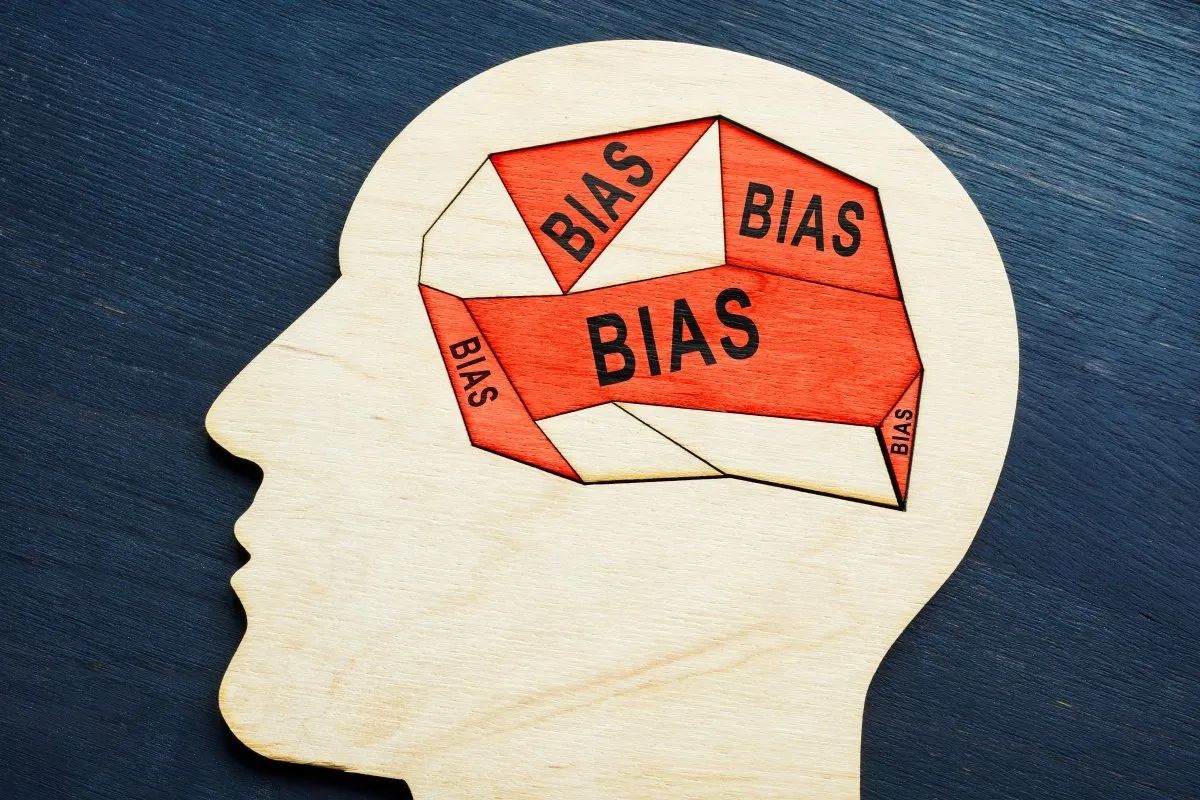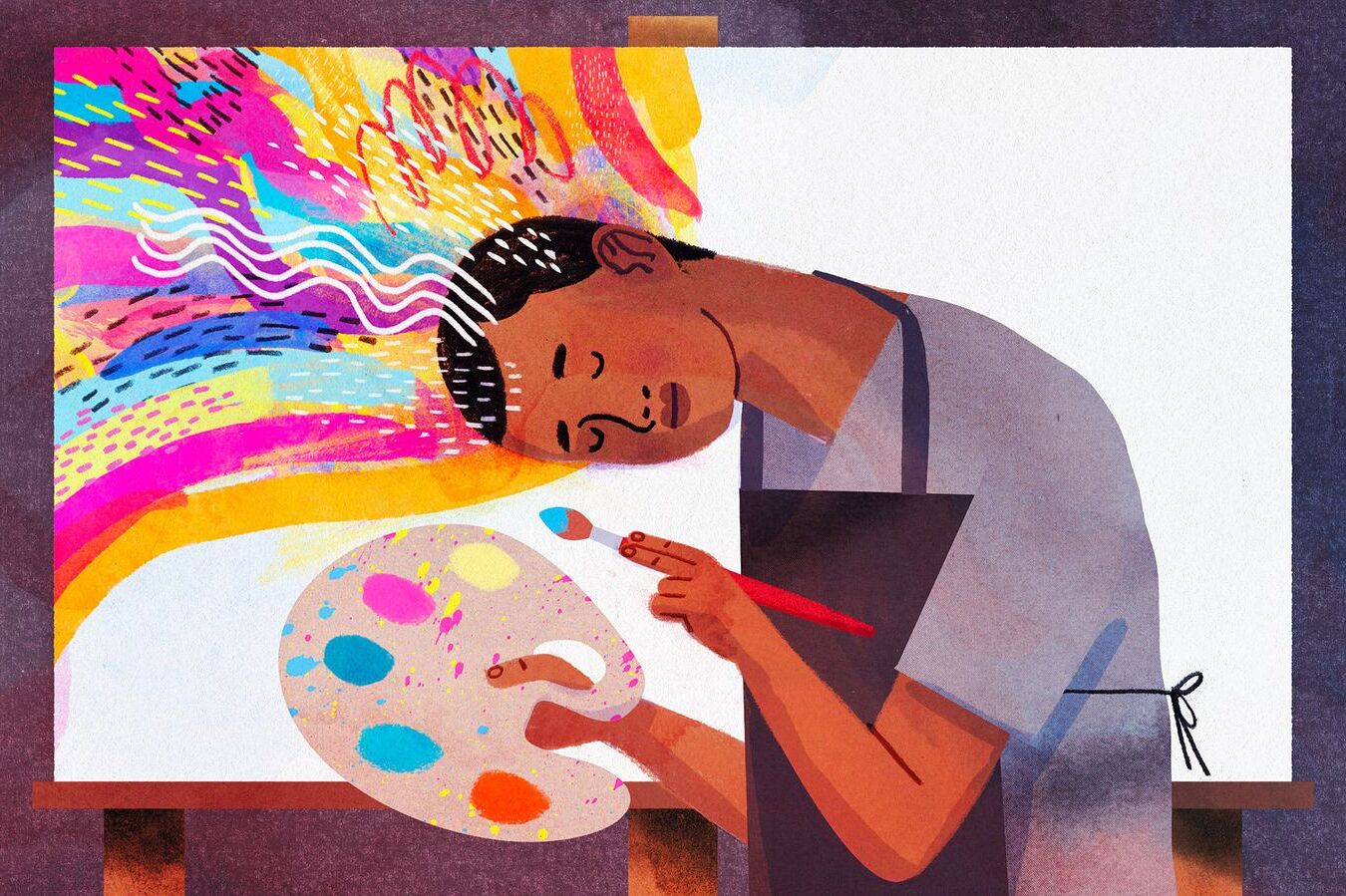
Bias in Wikipedia is a topic that sparks curiosity and debate. Is Wikipedia biased? The short answer is yes, but it's complicated. Wikipedia aims for neutrality, yet biases can creep in due to the diverse backgrounds of its editors. These biases can shape how information is presented, what gets included, and what gets left out. Understanding these biases helps readers critically evaluate the content they consume. This blog post will delve into 25 intriguing facts about bias in Wikipedia, shedding light on how it affects the world's largest online encyclopedia. Get ready to see Wikipedia in a whole new light!
Key Takeaways:
- Bias is a natural part of human thinking, but it can lead to unfair treatment. Understanding and managing biases can help create a more just and inclusive society.
- Biases can influence everything from news reporting to technology. Being aware of biases and taking steps to reduce their impact can lead to more accurate and fair outcomes.
The Basics of Bias
Bias is a fascinating topic that affects everyone. It shapes our thoughts, decisions, and interactions. Here are some fundamental facts about bias.
-
Bias is a preference or inclination that affects judgment. It can be conscious or unconscious.
-
Everyone has biases. They are part of human nature and help us make quick decisions.
-
Biases can be positive or negative. They can lead to favoritism or discrimination.
-
Cognitive biases are systematic patterns of deviation from norm or rationality in judgment. They often arise from the brain's attempt to simplify information processing.
Types of Bias
Understanding the different types of bias can help us recognize them in ourselves and others. Here are some common types.
-
Confirmation bias is the tendency to search for, interpret, and remember information that confirms our preconceptions.
-
Anchoring bias occurs when people rely too heavily on the first piece of information they receive (the "anchor") when making decisions.
-
Availability heuristic is a mental shortcut that relies on immediate examples that come to mind when evaluating a specific topic, concept, method, or decision.
-
Hindsight bias is the inclination to see events as having been predictable after they have already occurred.
-
Self-serving bias is the tendency to attribute positive events to one's own character but attribute negative events to external factors.
Bias in Everyday Life
Biases influence many aspects of daily life, often without us realizing it. Here are some examples.
-
Media bias affects how news is reported and perceived. Different outlets may present the same story in different ways.
-
Hiring bias can influence recruitment processes. Employers might favor candidates who are similar to themselves.
-
Gender bias affects perceptions and treatment of individuals based on their gender. It can lead to unequal opportunities.
-
Racial bias involves prejudiced attitudes or discriminatory behavior based on race. It can impact everything from job prospects to interactions with law enforcement.
-
Age bias can result in unfair treatment of individuals based on their age, affecting both young and older people.
The Science Behind Bias
Researchers have studied bias extensively to understand its origins and effects. Here are some scientific insights.
-
Implicit Association Test (IAT) measures the strength of associations between concepts in our minds. It reveals unconscious biases.
-
Neuroscience shows that biases are linked to brain processes. The amygdala, for example, is involved in emotional responses and can influence bias.
-
Social learning theory suggests that biases are learned from the environment, including family, friends, and media.
-
Evolutionary psychology proposes that biases may have developed as survival mechanisms, helping early humans make quick decisions in dangerous situations.
Reducing Bias
While biases are natural, they can be managed. Here are some strategies to reduce bias.
-
Awareness is key. Recognizing that biases exist is the first step toward addressing them.
-
Diverse environments can help reduce bias. Exposure to different perspectives broadens understanding and reduces stereotypes.
-
Mindfulness and reflection encourage individuals to think critically about their own biases and how they affect behavior.
-
Education and training on bias can help individuals and organizations become more aware and take steps to mitigate it.
-
Structured decision-making processes can reduce the impact of bias by relying on objective criteria rather than subjective judgment.
Bias in Technology
Technology is not immune to bias. In fact, it can sometimes amplify it. Here are some ways bias appears in tech.
-
Algorithmic bias occurs when algorithms produce biased outcomes. This can happen if the data used to train them is biased.
-
Facial recognition technology has been shown to have higher error rates for certain demographic groups, leading to concerns about fairness and accuracy.
The Final Word on Bison
Bison are fascinating creatures with a rich history and unique characteristics. From their massive size to their role in ecosystems, these animals are more than just symbols of the American West. Bison have survived near extinction, thanks to conservation efforts, and continue to thrive in protected areas. Their ability to adapt to different environments and their importance to indigenous cultures make them truly remarkable.
Understanding bison helps us appreciate the delicate balance of nature and the importance of preserving wildlife. Next time you see a bison, remember the incredible journey these animals have taken through history. They’re not just part of the past; they’re a vital part of our present and future. So, keep learning and stay curious about these magnificent creatures.
Frequently Asked Questions
Was this page helpful?
Our commitment to delivering trustworthy and engaging content is at the heart of what we do. Each fact on our site is contributed by real users like you, bringing a wealth of diverse insights and information. To ensure the highest standards of accuracy and reliability, our dedicated editors meticulously review each submission. This process guarantees that the facts we share are not only fascinating but also credible. Trust in our commitment to quality and authenticity as you explore and learn with us.


